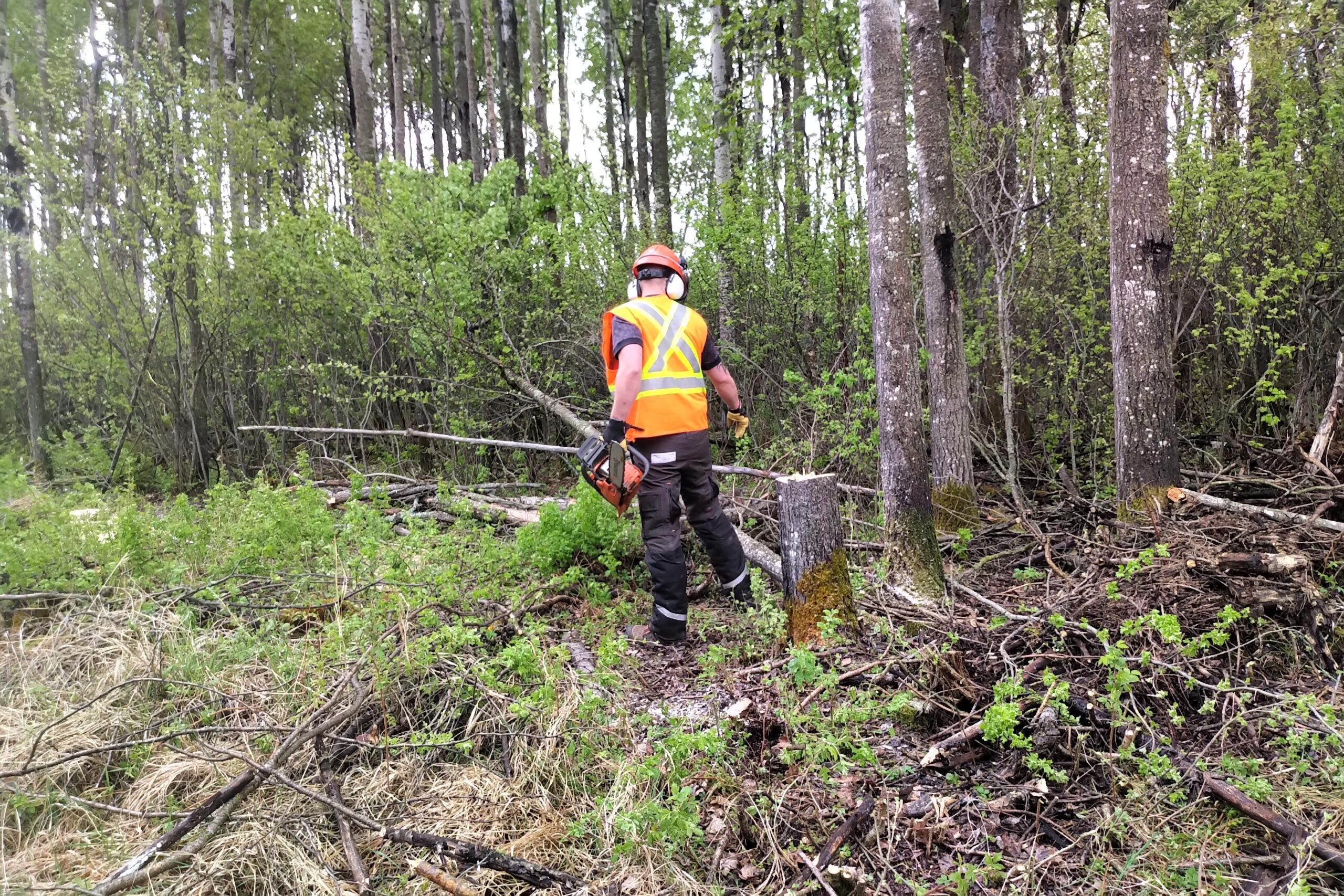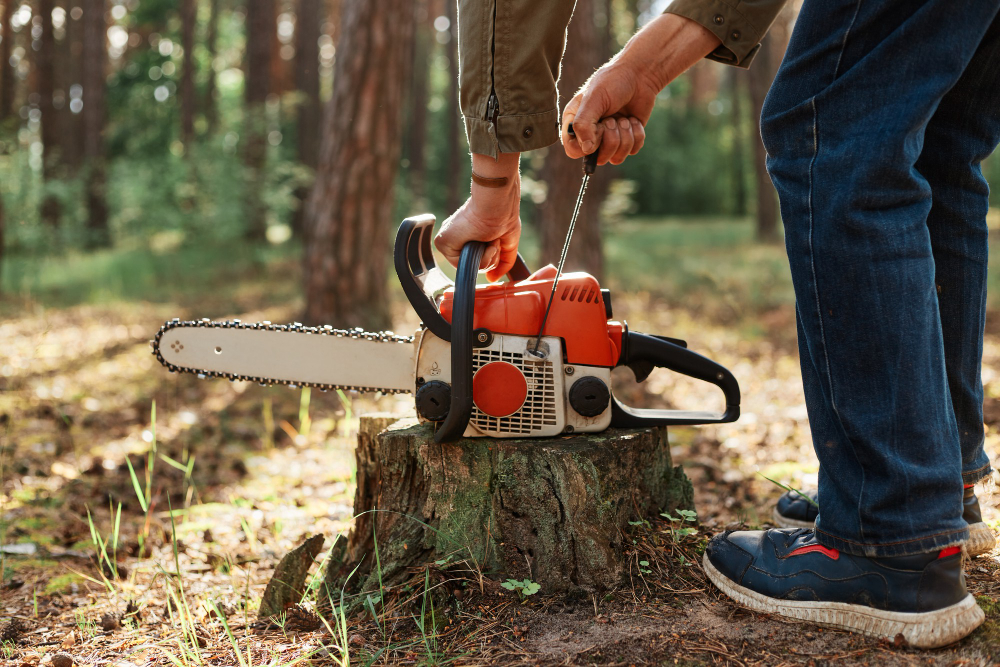Mastering Chainsaw Safety: Essential Tips for Forestry Workers

Welcome to the authoritative guide on mastering https://southbrooksafety.com/chainsaw-certification-alberta specifically curated for forestry workers across Canada. In an industry intrinsically linked with rigorous physical tasks and demanding environments, effective safety measures are paramount. At Southbrook Safety, with our decades of experience in the training sector, we stand as a beacon of expertise and enlightenment for those navigating this challenging yet rewarding field.
Understanding the Relevance of Chainsaw Safety in Forestry
The forestry industry holds significant relevance both economically and environmentally. As of 2022, the forestry sector contributed approximately CAD 23 billion to the Canadian economy, according to Statistics Canada. With such a substantial contribution, ensuring the safety of forestry workers becomes fundamentally important. Chainsaw usage, an essential skill for all forestry workers, requires strict adherence to safety guidelines to prevent injuries and enhance operational efficiency.
Adhering to Chainsaw Safety Protocols: The Key Themes
1. Understanding Chainsaw Mechanics and Ergonomics
Before diving into actual usage, understanding the mechanics and ergonomics of chainsaws is critical. Chainsaws, powered by gas, electricity, or batteries, come with unique operational characteristics. Recognizing aspects like chain tension, guide bars, and throttle interlock improves efficiency and reduces strain injuries. Southbrook Safety offers comprehensive courses to enhance proficiency in chainsaw mechanics.
2. Importance of Personal Protective Equipment (PPE)
Potential hazards associated with chainsaws necessitate using appropriate PPE. Forestry workers are advised to wear cut-resistant gloves, helmets with face protection, hearing protection, and reinforced boots. Protection against both chainsaw-related and environmental hazards ensures workplace safety, a principle we emphasize in our Southbrook Safety training programs.
3. Pre-Operational Safety Checks
Conducting thorough pre-operational safety checks can prevent many potential accidents. Regular maintenance checks, such as verifying chain tension, fuel levels, and the functionality of safety features, are essential. Inspect the chain brake and lubricate moving parts to ensure operational readiness.
4. Safe Handling and Operational Techniques
Mastering safe chainsaw handling techniques is crucial. Southbrook Safety emphasizes the importance of adopting a solid stance before cutting, keeping a secure grip, and using appropriate cutting methods to manage kickbacks. Our training, which builds on the legacy of professional cutters globally, ensures that these foundational skills are developed efficiently.
5. Environment and Workspace Evaluation
Evaluating the environment and workspace reduces the risk of incidents dramatically. This includes assessing terrain conditions, weather impacts, and identifying escape routes. Southbrook Safety advocates for continuous environmental assessment as part of standard safety protocols.
6. Emergency Preparedness and Response
Forestry workers must remain prepared to respond to emergency situations promptly. Southbrook Safety’s training courses equip workers with first-aid skills, emergency contact protocols, and tools to aid in potential rescue scenarios. A solid emergency plan is a fundamental part of sustained safety management.
7. Leveraging Technology for Enhanced Safety
Advancements in technology afford forestry workers additional safety tools. From enhanced personal protective gear to mobility aids like H2S and ATV courses, integrating technology plays a crucial role in modernizing safety standards. At Southbrook Safety, technology-driven learning paths are designed to improve understanding of these incorporations.
8. Continuous Learning and Skill Development
Continuous learning is instrumental in mastering chainsaw safety. Engaging in ongoing training and recertification workshops guarantees compliance with the latest safety standards. Southbrook Safety offers numerous courses like Chainsaw Safety Online, which are not only engaging and informative but pivotal in professional growth.
9. Regulations and Industry Standards
Understanding regulatory frameworks is crucial for adherence to industry standards. Southbrook Safety ensures workers are well-versed with Canada’s occupational health and safety regulations alongside global best practices like the ISO standards. With comprehensive coverage of regulations, you are always in line with compliance requirements.
10. Safety Culture and Attitude: A Holistic Approach
At Southbrook Safety, we believe safety transcends mere practice—it is ingrained in attitude. Cultivating a safety-oriented culture within forestry not only minimizes risk but enhances overall productivity. Our methodologies are tailored to foster an attitude-first approach to safety education, empowering workers with the confidence to practice safe work habits.
Data-Driven Insights and Industry Challenges
According to WorkSafe, the forestry industry experiences over 200 chainsaw-related injuries annually. Implementing best practices and comprehensive safety guidelines are imperative in reversing these statistics. As noted in our Southbrook Safety consultation services, industry challenges include environmental unpredictability and equipment malfunction. However, with informed training and adaptive strategies, these challenges can be mitigated effectively.
Key Takeaways: Future of Chainsaw Safety in the Forestry Industry
The future of chainsaw safety hinges on the symbiosis between technological advancements, regulatory compliance, and ongoing training. In Canada, prioritizing safety in the forestry sector is crucial not only for economic growth but also for preserving worker welfare. Southbrook Safety stands committed to ushering in an era where safety is a fundamental tenet rather than an afterthought.
Frequently Asked Questions (FAQs)
What is the significance of chainsaw safety training for forestry workers?
Chainsaw safety training is essential for forestry workers to prevent accidents and injuries frequently associated with chainsaw operations. In Canada, where forestry is a major economic contributor, ensuring worker safety through structured training programs, such as those offered by Southbrook Safety, is critical. These programs cover various aspects, from handling techniques to emergency response, ensuring workers are well-prepared to tackle any challenges on the ground.
How does Southbrook Safety approach chainsaw training differently?
Southbrook Safety employs a comprehensive training methodology that emphasizes both theoretical knowledge and practical skills. Our unique training program integrates techniques used by international professionals, adapting global methods to suit Canadian regulations. With a deep understanding of industry requirements and evolving safety standards, Southbrook Safety’s courses ensure that trainees not only comply with regulations but also develop a robust safety-first mindset essential for enduring success in forestry.
What personal protective equipment (PPE) is deemed necessary for chainsaw use?
The importance of PPE in chainsaw operations cannot be overlooked. Necessary equipment includes helmets, face and hearing protection, cut-resistant gloves, and reinforced boots, all of which shield operators from various hazards. Southbrook Safety’s training programs underscore the critical role of PPE, ensuring workers are always protected from potential chainsaw operations risks. Understanding and wearing the proper PPE is a cornerstone of chainsaw safety.

Why is emergency preparedness vital in chainsaw-related environments?
Emergency preparedness is a vital element of effective safety management, particularly in high-risk environments such as forestry. Chainsaw operations may pose unique risks, from sudden weather changes to mechanical malfunctions. Southbrook Safety’s programs are designed to equip workers with necessary skills like first-aid administration and situation assessment, ensuring they can act swiftly and effectively in emergencies. Emergency protocols support a safer working environment, minimising risks through preemptive strategy and planning.
What role does continuous learning play in chainsaw safety?
In an ever-evolving industry, continuous learning emphasizes staying abreast of the latest safety techniques and technological developments. For forestry workers, regular recertification and engaging in Southbrook Safety’s comprehensive course offerings ensure that all safety measures are updated and innovative. Such ongoing education is critical to maintaining safety, enhancing work quality, and optimizing response to new challenges and tools that emerge in chainsaw safety and operations.
For more in-depth materials, insights, and course information, visit our official website at Southbrook Safety or contact us today!
As we look toward the future, remember that safety is not just a set of guidelines; it is an attitude. Let’s build a safer work environment together.
